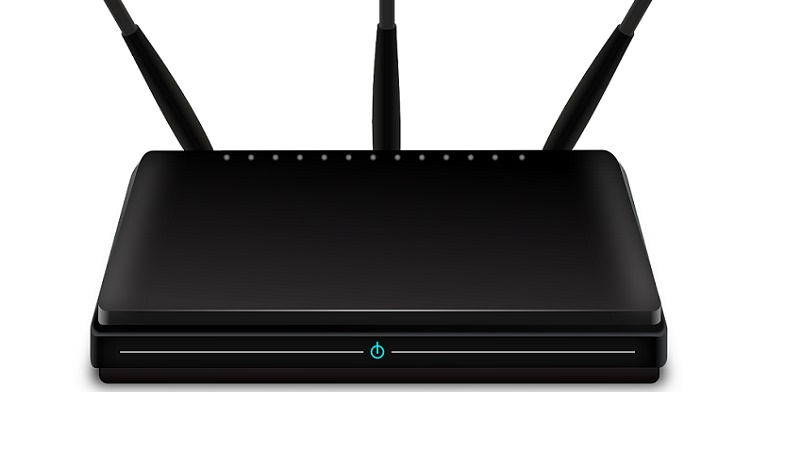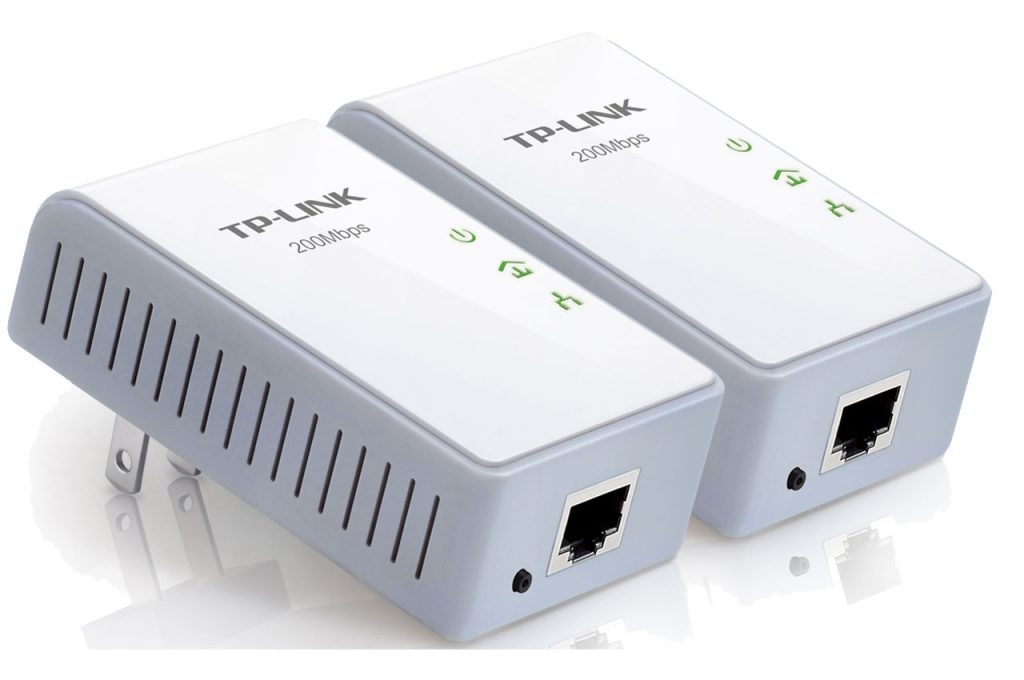Every modern home, regardless of its size, needs a wireless network that connects all of your lovely gadgets to each other and the internet.
We’ve put together a quick guide on what you’ll need to achieve this most vital of modern-day needs.
The heart of any network
The most important piece of equipment you’ll need to pull this off is a modem router. These little boxes are the focal point of your network; they are how you get access to the wider internet, and the hub to which all of your smartphones, tablets, games consoles, laptops and PCs connect.
It’s important to get one that’s right for your specific needs. To determine that, you need to decide what it is, exactly, you’d like to be able to do with your network.
Questions to ask yourself:
- Do I want to stream Full HD or 4K movies wirelessly to my phones and tablets from a media centre PC or player?
- Do I want to use Steam Streaming to stream games from my gaming PC to a tablet or less-powerful PC?
- Do I need to copy large amounts of data between my devices?
This is important because not all routers are created equal, and you need to get one that meets your network’s performance requirements.
For instance, if you’d like to stream 1080p movies from your storage-rich PC to your phones and tablets, or copy music and video files to your phones and tablets, an 802.11b/g/n router is fast enough.
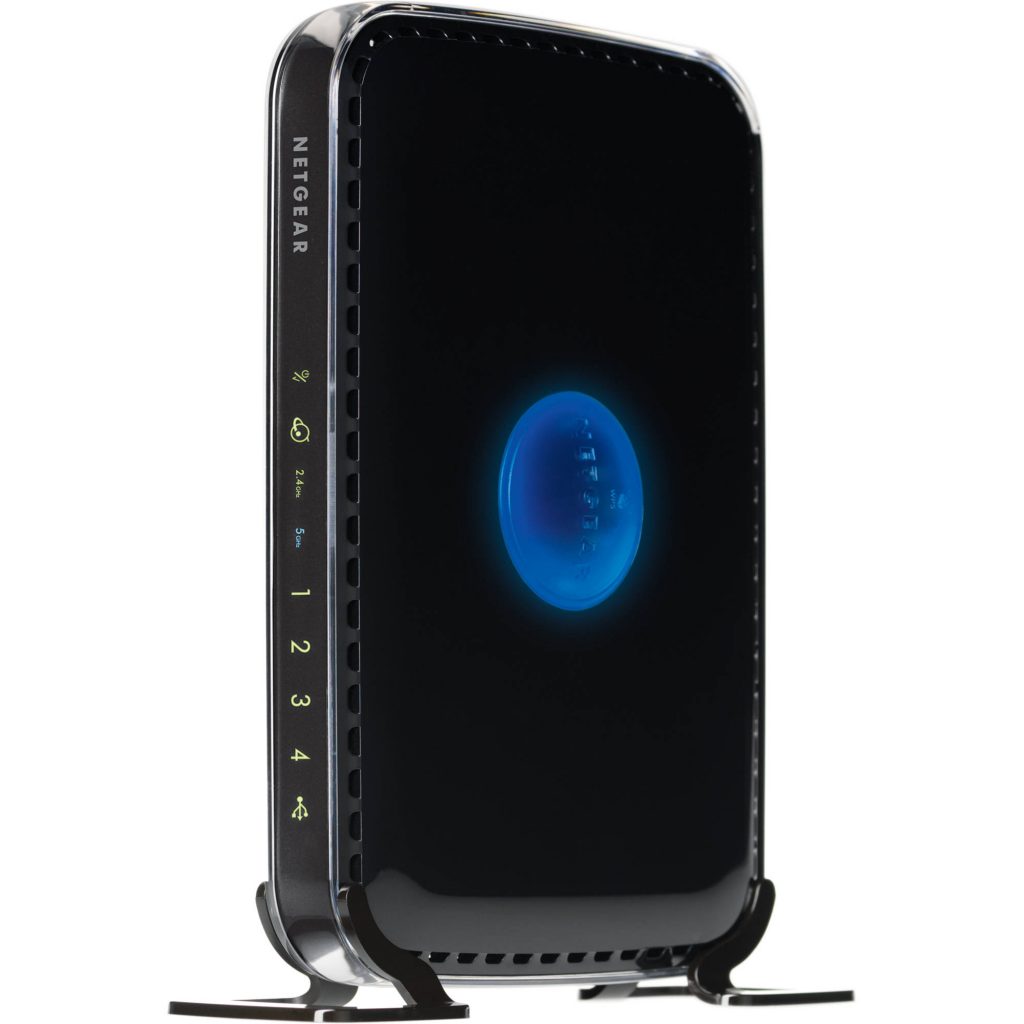
But if you’d like to stream 4K movies or stream games from a Steam PC to a tablet using Steam In-Home Streaming, activities that use a comparatively larger chunk of data per second, you should invest in something faster.
What you’re going to need for those is an AC-class router, which can (theoretically) perform as fast wirelessly as one that uses wires. Fortunately these have become quite ubiquitous in recent years, but they’re still a bit on the expensive side.
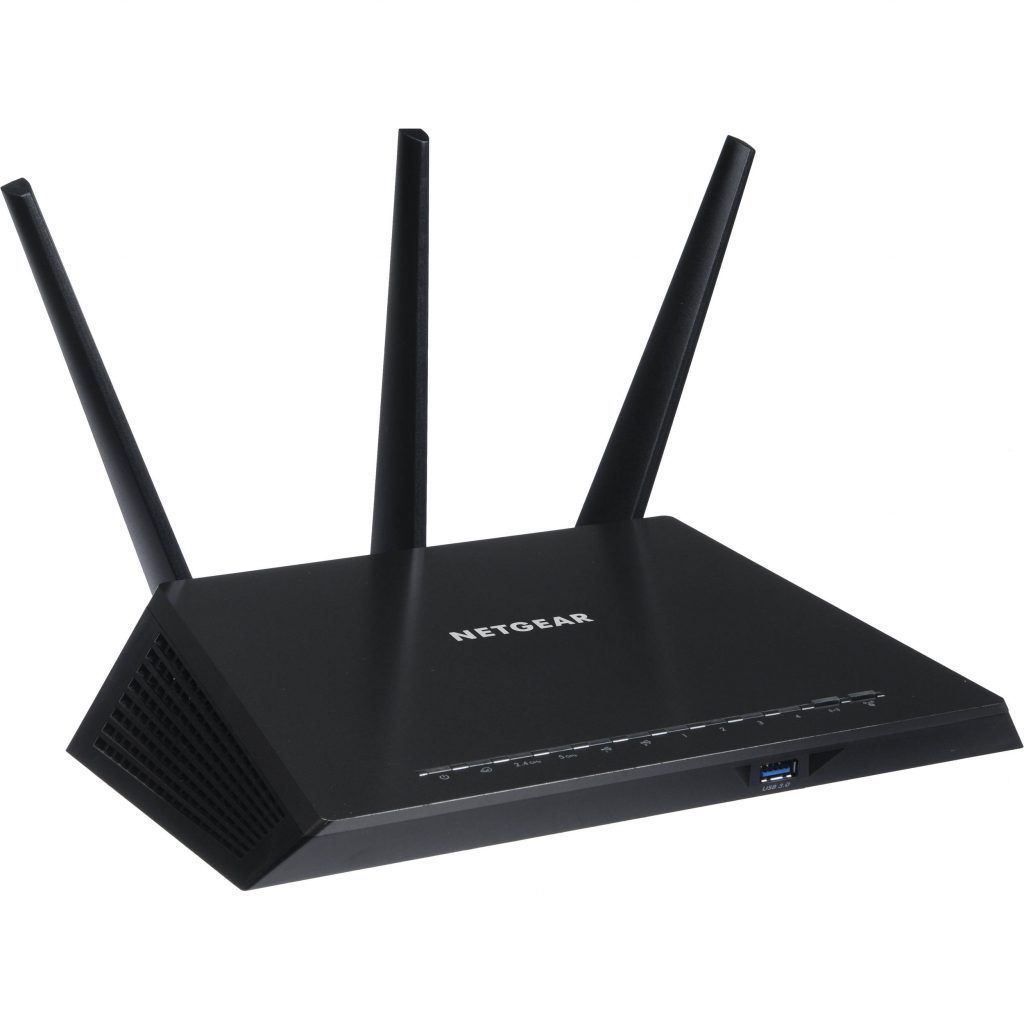
Plus, whatever you connect to them via WiFi will also need to support the technology, otherwise getting an AC-class router is a waste of money. It would be like pouring a bucket of water out through a straw.
Extending its reach
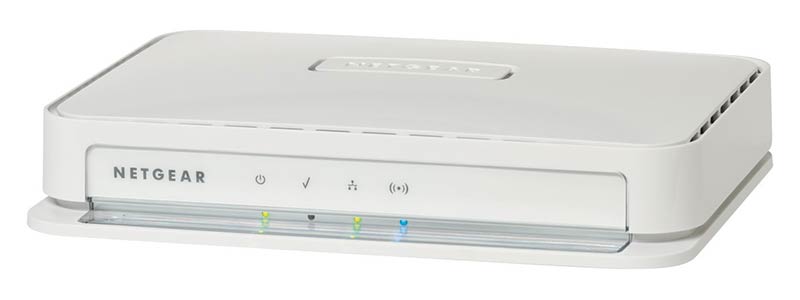
Wireless network technology isn’t perfect, and even the latest routers can have their WiFi signals interfered with by objects between the router itself and the gadgets connected to it.
Things like walls, microwaves, other electronics and even furniture can interfere with your router’s signal, leading to spotty connectivity and slow data transfer speeds.
To get around this, you can always extend the reach of your WiFi signal with a wireless range extender, also called an “access point”.
An access point is merely a secondary WiFi router that plugs into your original router with a network cable, and broadcasts its own WiFi signal wherever it’s been placed. It’s a handy way to get WiFi signal into places like basements and rooms on the far side of your home or business.
What to buy:
- For HD movie streaming over WiFi, get an 802.11b/g/n router
- For wireless 4K movie and game-streaming, get an AC-class router
To extend your router’s reach:
- Get a wireless range extender, also called an Access Point or AP and connect it to your router with an Ethernet cable.
Securing your WiFi
So you have your router in place, but now you need to secure it so that the neighbours don’t chew up your monthly bandwith or steal your expensive data. Here’s what you need to know.
The key to making sure that only the devices you allow to use your WiFi is securing your network with a long, complicated password and choosing the very best WiFi security protocol that’s least vulnerable.
The idea is that only devices that have that password and are compatible with the correct security protocol can connect.
When it comes to your WiFi password, the longer and more complex it is the lower the chance of someone guessing it or being able to easily crack it with advanced hacker tools becomes.
Follow these guidelines, and your password will be nigh-on uncrackable without the help of a supercomputer.
- Don’t use words that you’ll find in a dictionary, or the names of friends, family and pets.
- Do not use birth dates.
- Create a password or string of characters that’s at least 12 characters long.
- If you absolutely have to use a word that you’ll remember, swap out letters for numbers (3 for E, 4 for A, 0 for O, 1 for L etc.), capitalise random letters and include a string of characters at the end. As an example, awesomesauce becomes Aw3s0m3s4uC3)(*&^%.
- Change your WiFi password every month or so, just to be safe.
As for the type of wireless security to use, the very best one commonly found in routers today is WPA2-AES.
That’s the second revision of the WiFi Protected Access (WPA) protocol that closes a lot of the vulnerabilities inherent to the original WPA standard, made even more secure by AES (Advanced Encryption Standard) encryption that is next to impossible to crack without military assistance.
Basically, by securing your WiFi signal in this way, the chances of strangers jumping onto your network are slim to none.
Powerline adapters
Did you know you can also use your home’s existing electrical wiring to connect internet-ready gadgets to your home network?
All you need is two “powerline adapters”, small bits of networking kit that plug into regular power sockets and connect to each other over the wiring that connects your home to the power grid.
One adapter connects to your router with a network cable and is plugged into a nearby wall socket, the other is plugged into another socket close to the devices you want to connect – say, an older-model TV that doesn’t do wireless networking.
That second adapter connects to the TV with another network cable, and voila, that TV is connected to your network without you having to run a cable all over your home, cluttering up the place.
Early powerline adapters weren’t very fast, but today’s ones support speeds of up to a gigabit per second. They’re great for setting up wired network connections around your home without having to run cables all over the place.
To recap:
All sorts of home and business electronics need to be connected to the internet for you to get the most out of them.
To make that happen, this is what you need to do:
- Buy a b/g/n or ac-class router depending on what you want to use your network for. Most important to remember is that b/g/n is cheaper, ac is faster.
- Expand the coverage of your WiFi signal with a range extender if you find the WiFi connection drops or is slow in certain parts of your home or office.
- Secure your WiFi network with a very long, highly complex password and WPA2-AES wireless security.
- Powerline adapters can be used to provide network connectivity between two plug points in your home.

